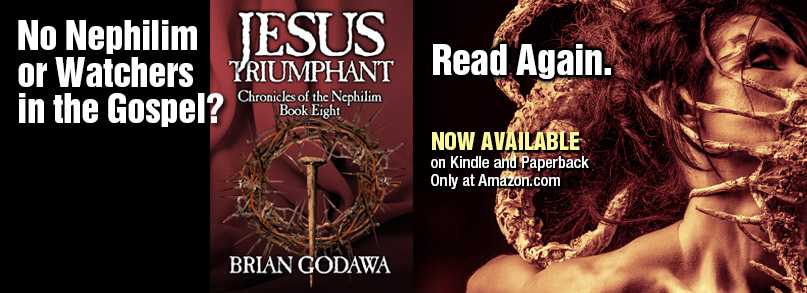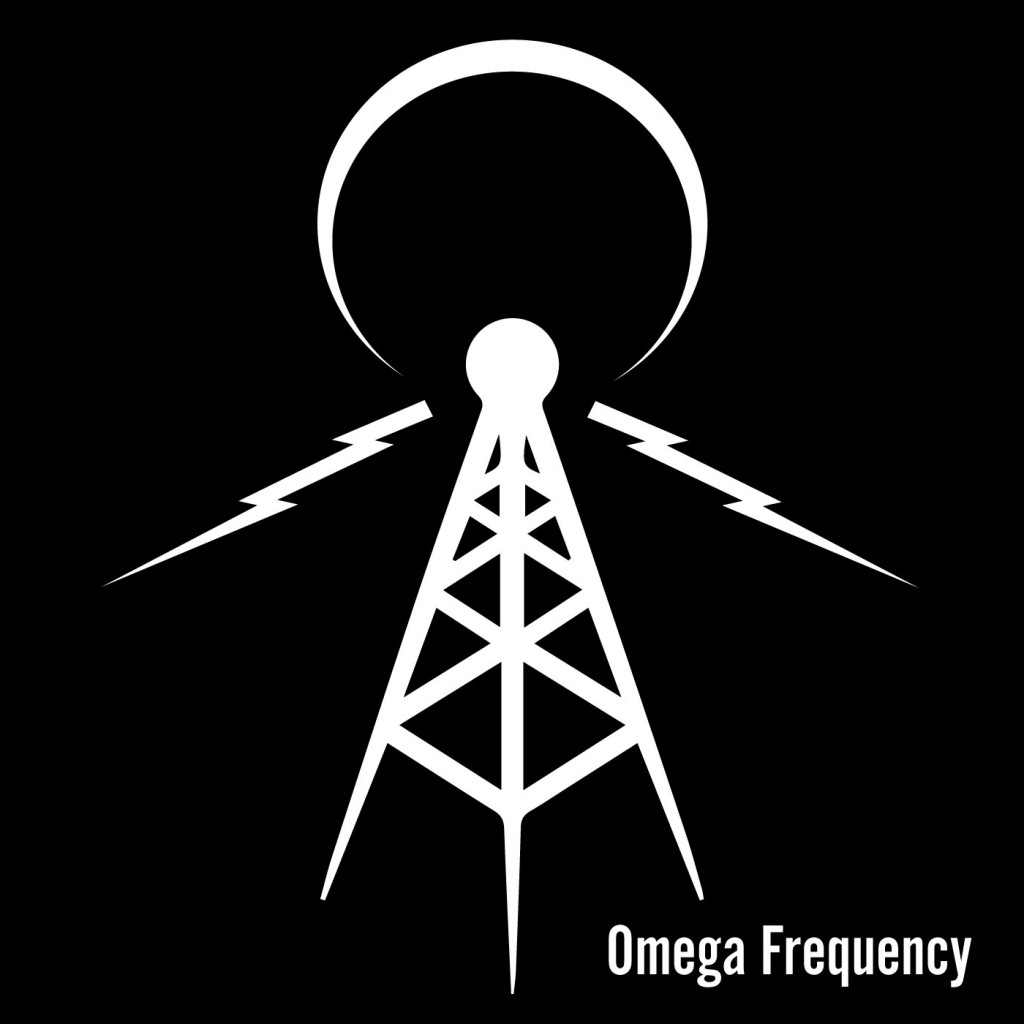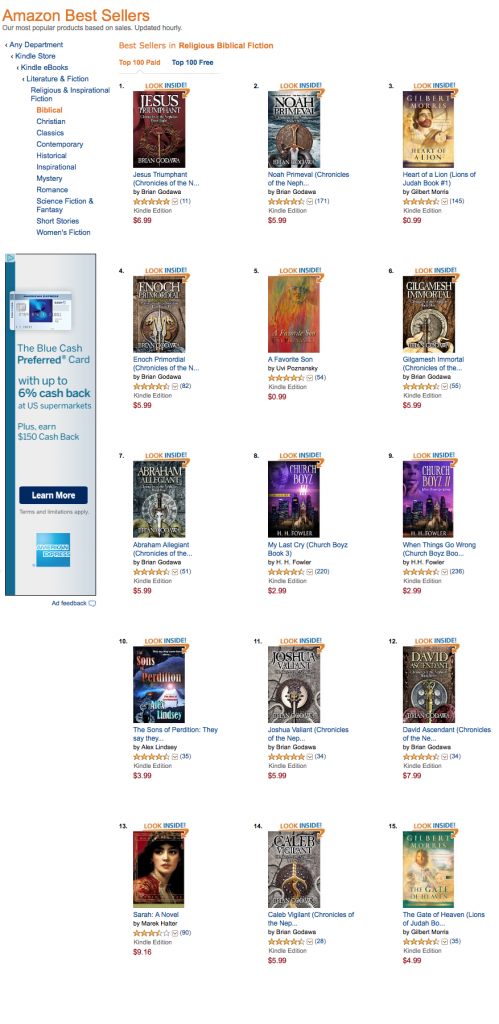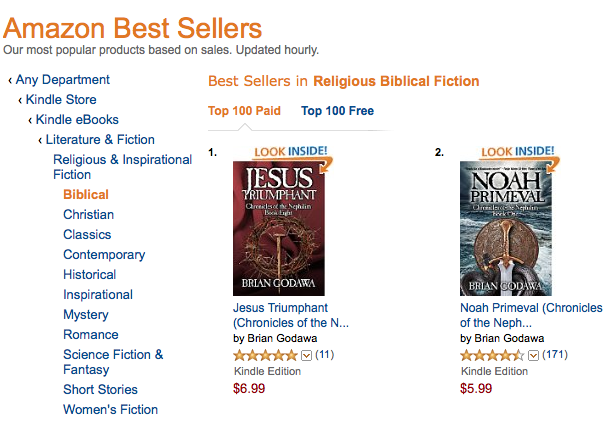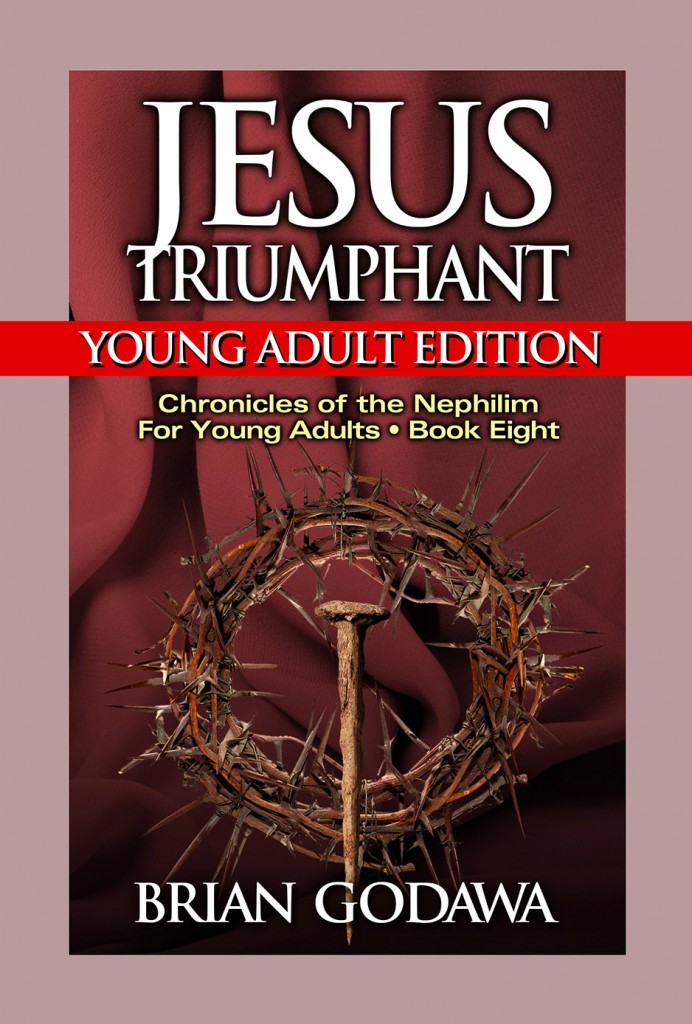New Young Adult Version of Chronicles of the Nephilim
Edited Age-Appropriate for Teens and Above
Chronicles of the Nephilim for Young Adults is a version of the original Biblical Fiction series that has been edited to be age-appropriate for Ages 13 and above, Grades 8 and above.
Fans of the Chronicles know that the original series is rated PG-13 (R in some places). But this version for young adults has edited the explicit descriptions of sin and toned down the violence to be rated G (PG in some places).
But it is the same rip roaring action adventure, romance and spiritual journey about Nephilim Giants, Watchers, and the Biblical Cosmic War of the Seed that will keep you on the edge of your seat and help you see the Biblical narrative with fresh perspective.
I have also taken out the theological appendices from each of the books that explained the Biblical and ancient historical research behind the fiction. If readers want to read these appendices, they can buy the book When Giants Were Upon the Earth that contains all the appendices gathered in one volume with extras. All volumes are available on Kindle and in paperback exclusively at Amazon.com.
See the website here for more information.
Buy Chronicles of the Nephilim for Young Adults at Amazon Here.




